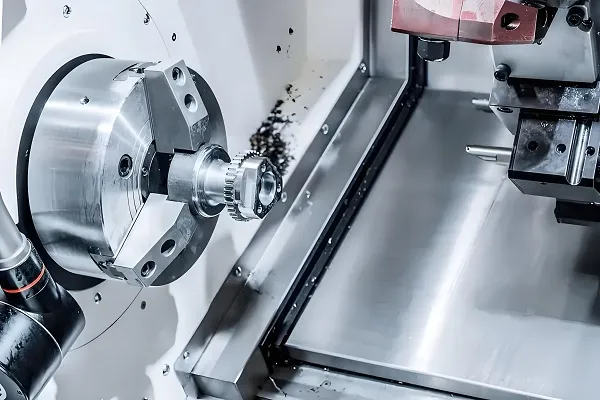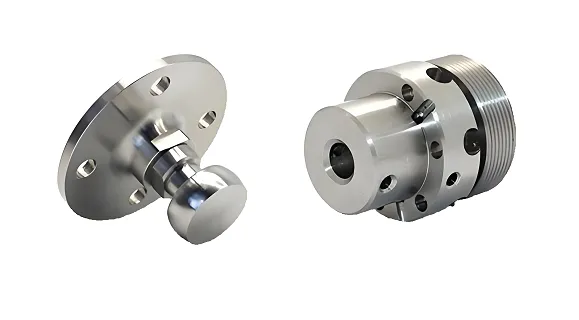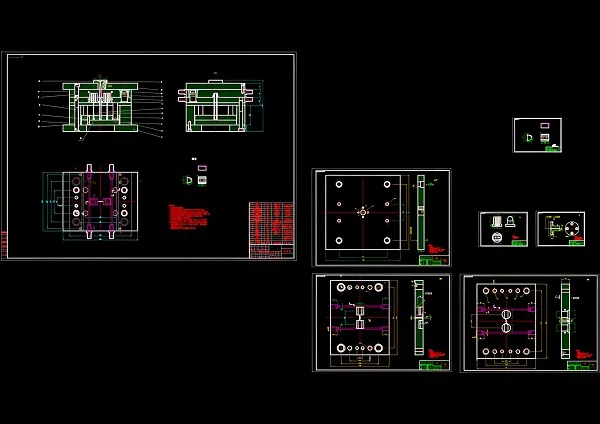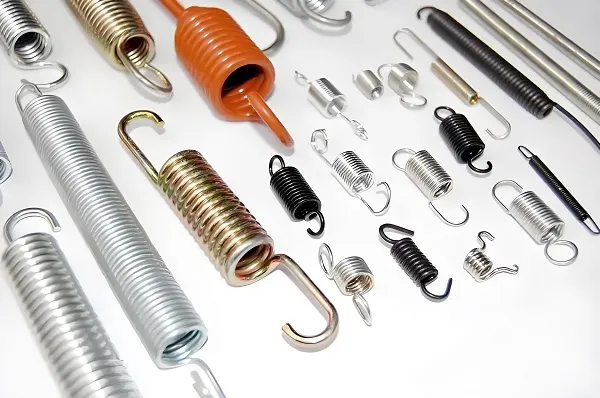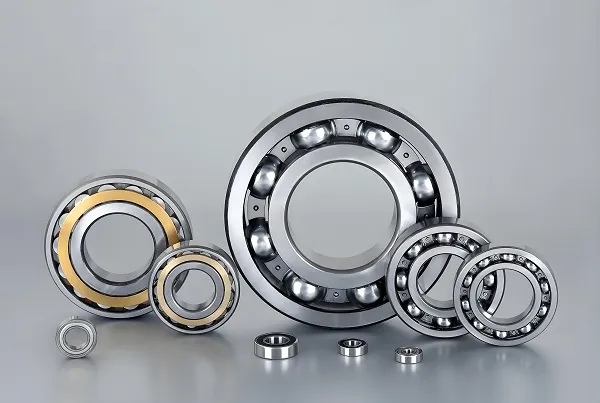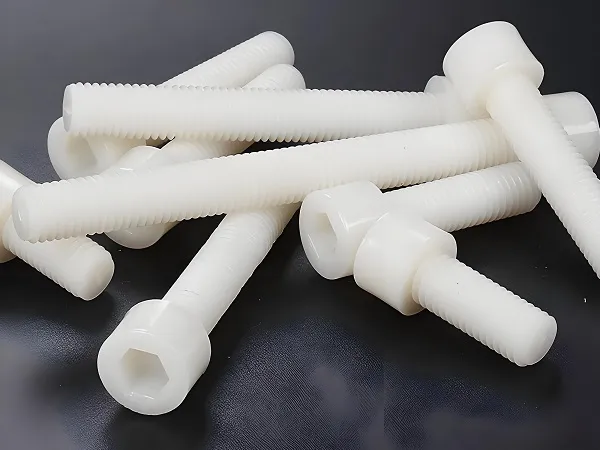The manufacture and customization of precision aircraft components, which form the basis for the overall performance and safety of an aircraft, requires highly specialized techniques and strict quality control. These components not only need to have high strength, low density, high thermal stability and corrosion resistance, but also need to be precision machined to meet the requirements of extreme operating conditions.
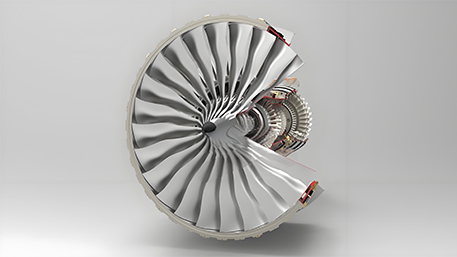
1.Aircraft precision parts production process
Raw material selection: According to the specific requirements of the components, select the appropriate raw materials, such as high-strength aluminum alloys, titanium alloys, high-temperature alloys or carbon fiber composite materials.
Forging and casting: through the forging or casting process, the raw materials will be processed into the required shape and size, while ensuring that the mechanical properties and microstructure of the material to meet the requirements.
Machining: Precision machining using CNC machine tools, including turning, milling, drilling, etc., to ensure that the geometric dimensions and surface quality of the components meet the design requirements.
Heat treatment: Heat treatment of components, such as quenching, tempering, etc., to improve the mechanical properties and stability of the material.
Surface treatment: Surface treatment such as polishing, grinding, etc. is carried out to improve the surface quality and corrosion resistance of the components.
Quality Inspection: Through non-destructive testing, three-dimensional measurement and other technical means, the components are comprehensively inspected to ensure that their quality and performance meet the standards.
2.Customization of aircraft precision parts
Demand analysis: according to customer demand, determine the specific performance requirements, size, weight and other parameters of the components.
Design optimization: use CAD/CAM software to carry out three-dimensional modeling and simulation analysis to optimize the design scheme of the components.
Material Selection: According to the design requirements and the working environment of the components, select suitable materials.
Process development: Develop detailed manufacturing processes and machining procedures to ensure the manufacturing accuracy and quality of the components.
Production monitoring: real-time monitoring during the production process to ensure the quality and progress of each step of processing.
Delivery and Acceptance: After completing the manufacturing of components, strict testing and acceptance are carried out to ensure compliance with customer requirements.
3. Introduction of materials for aircraft precision parts
Material:
High strength aluminum alloy
Titanium alloy
High temperature alloy
Carbon fiber composite materials
Characteristics:
High strength aluminum alloy:
Low density, high strength, corrosion resistant, easy to process.
For example, 7075 aluminum alloy, widely used in the manufacture of aviation parts.
Titanium Alloy:
Excellent strength to weight ratio, high temperature resistance, corrosion resistance.
Widely used for aircraft engine parts, fuselage components and screws.
High temperature alloys:
Can maintain strength and stability at high temperatures.
Suitable for engine nozzles, turbine blades and other high-temperature parts.
Carbon fiber composites:
Have high strength, low density and good corrosion resistance.
Commonly used in the manufacture of aerospace parts of the shell and spacecraft components.
4. Different materials aircraft precision parts characteristics
Products:
Titanium alloy blades: used in aircraft engines, with high strength and high temperature resistance characteristics.
High-temperature alloy turbine blades: for engine work in high-temperature environments.
Carbon fiber composite shell: used for aircraft fuselage, reducing weight while maintaining high strength.
Data:
Titanium alloy blade:
Strength: ≥800MPa
Density: 4.5g/cm³
High temperature resistance: up to 600℃
High temperature alloy turbine blade:
Strength: ≥1000MPa
High temperature resistance: up to 900℃
Corrosion resistance: excellent
Carbon fiber composite shell:
Density: 1.6g/cm³
Strength: ≥1000MPa
Corrosion resistance: good
Customized Aircraft Precision Parts FAQ
Q1:How to determine the materials for aircraft precision parts?
A1:According to the specific requirements of the parts, such as working environment, force situation, weight limitation, etc., the most suitable material is selected by considering the strength, density, high temperature resistance and corrosion resistance of the material.
Q2: What is the customization cycle for aircraft precision parts?
A2: The customization cycle depends on factors such as the complexity of the part, material selection and production capacity. Generally speaking, the whole customization process from requirement analysis to delivery and acceptance may take several weeks to several months.
Q3: How is the quality of aircraft precision parts ensured?
A3: Through a strict quality control system, including raw material inspection, machining process monitoring, finished product inspection and performance testing, we ensure that the quality of each component meets the design requirements and relevant standards.
Q4: How to reduce the cost of aircraft precision parts?
A4:Through optimizing the design scheme, improving production efficiency, and adopting new materials and processes, the cost of components can be reduced under the premise of quality assurance. Meanwhile, establishing long-term cooperative relationships with suppliers also helps to reduce costs.

